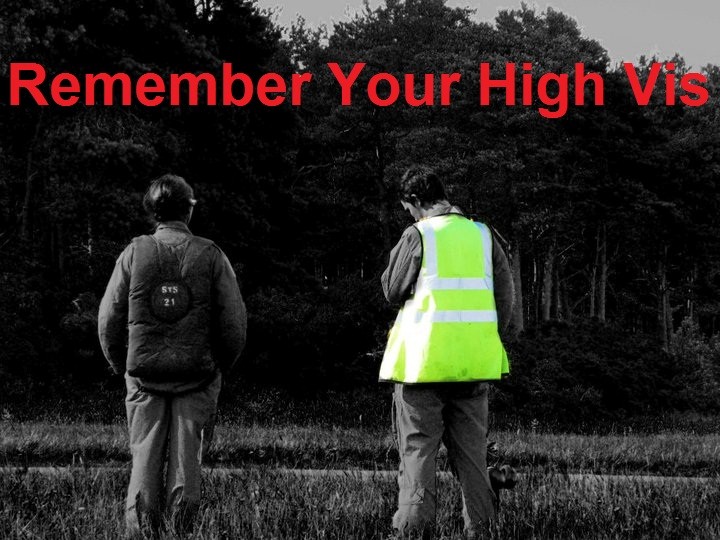WINTER OPS – 10 TIPS
Water in the Fuel. There is a greater risk of water condensation in aircraft fuel tanks in the winter. Leave tanks with at least 50 ltrs when hangaring and test for water before flying. Also test fuel bowsers.
Battery Killer. Cold weather kills batteries – select only essential services when starting engines and avoid making the first trip of the day a short one.
Pitot & Static Icing. There is potential for pitot and static icing (even on the ground) in cold and damp conditions.
Slippery Aircraft Surfaces. Extra care may be needed when getting into or out of the aircraft, especially by unfamiliar cadets, when aircraft surfaces are wet and/or slippery.
Beware Slippery Operating Surfaces and Slush. Braking distances increase on roads, taxyways and runways affected by frost, ice, snow or slush. Leave more room when driving near aircraft and buildings, especially when towing. Taxy a little slower and expect to slide when turning or coming to a halt. Also, taxy slower to minimise spray on fuselage
and underwing areas and check for build-up of slush or ice in wheel spats. Wet snow or slush on runways prohibits flying.
No Aircraft Icing. The Grob 109B does not tolerate airframe icing at all. It may be worth delaying moving aircraft from the hangar in frosty or freezing rain/fog conditions as a cold soaked aircraft will gather frost quickly when exposed. Even if its clear all day, late afternoon flying may see frost build up. In the air, beware greater susceptibility to icing even in fairly benign cloud conditions, and freezing rain. If freezing rain is encountered, descend to warmer air if possible and/or land as soon as possible.
Increased Static Hazard. Due to decreased humidity of colder air, static hazards may increase. Be careful when refuelling. Support crews consider removing yellow jackets.
Poor Visibility. Not just in potential fog, which may creep in in mid/late afternoon, and not just in the air but low sun and smeared windscreens make visibility difficult during sorties, on approach (especially on Runway 25) and on the ground. Keep a supply of clean canopy cloths handy to ensure canopies can be kept clean.
Carbon Monoxide (CO) Hazard. Greater use of cabin heat may increase the possibility of suffering a CO hazard that may well have been there for some time.
Dress Warm. You may not need the cabin heater and you will be warm enough when you are hanging about on the ground, or in a survival situation. Wind chill, almost inevitable on airfields, radically reduces forecast air temperatures, possibly to dangerous levels. Warn visiting cadets, who may not be aware just how cold airfields can be.
PS – Carburettor icing wasn't forgotten – but its not just a winter hazard. Take time to review likely conditions for its occurrence.
PPS – Any water in FRV extinguishers is also susceptible to freezing – keep covered and in the hangar when not in use. Even the diesel in vehicles may 'wax' in very low temperatures – consider running the FRV engine at frequent intervals to test/keep warm.

|
Winter Wise Brief.pdf Size : 152.901 Kb Type : pdf |

Pay more attention to airspeed and AOB
Why we release the chest strap first